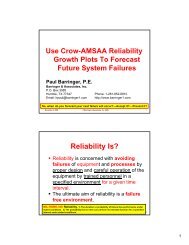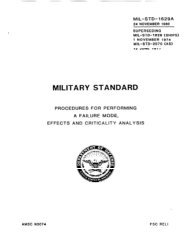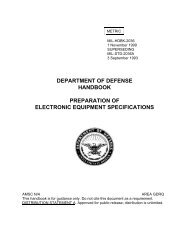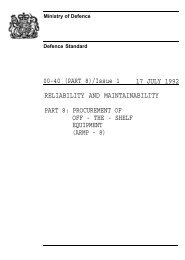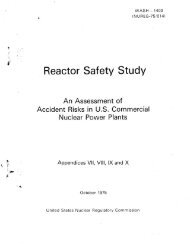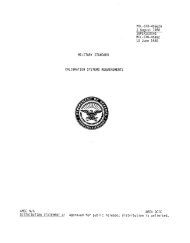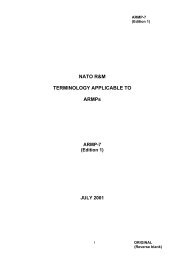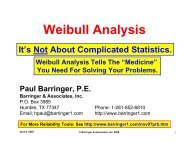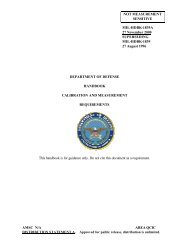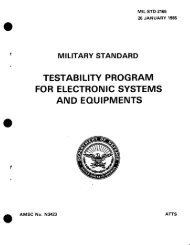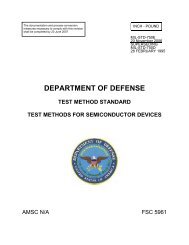Predict Failures: Crow-AMSAA 101 and Weibull 101 - Barringer and ...
Predict Failures: Crow-AMSAA 101 and Weibull 101 - Barringer and ...
Predict Failures: Crow-AMSAA 101 and Weibull 101 - Barringer and ...
- No tags were found...
You also want an ePaper? Increase the reach of your titles
YUMPU automatically turns print PDFs into web optimized ePapers that Google loves.
educes forecast errors. Of course we cannot know the actual time for failure number 10 becauseit is not listed within Table 1.So how would you use the fearless forecast of future failures? Use the data for resourceplanning, develop strategies for preventing the next failure, establish a predictive maintenancewatch on the equipment to shut it down just before destructive events occur, etc. Use the datawith fearless forecast to also demonstrate your corrective actions have avoided the predictedfailures for superior results by avoiding failures. Use the data to avoid the perpetual state ofcluelessness so prevalent in many production <strong>and</strong> maintenance departments! Ah Ha!---If youcan predict the failures can you prevent them? Consider the C-A plot for chemical plant safetydata shown in Figure 2—then you decide.Figure 2: <strong>Crow</strong>-<strong>AMSAA</strong> Plot Of Actual Safety Data From A Major Chemical PlantThis graph predicted next safety incident to occurOn May 16, 2004. Actual occurred May 11, 2004.“If you can predict it, you can control it.”Localize bad trend!When:β < 1 failures come slowlyβ >1 failures come fasterβ = 1 no improvement/deteriorationN(t) = λt βThe data for Figure 2 concerning safety incidents is described in Table 4.Clearly safety incidents stem from a multitude of reasons, <strong>and</strong> clearly everysafety incident is a failure of the system to prevent the failure. Most peoplereject the idea that safety incidents are predictable! However, I have beenstudying the safety phenomena <strong>and</strong> straight lines on log-log plots since1967. Time after time straight line segments appear on log-log paper.When significant improvements occur in safety programs, cusps appear inthe data <strong>and</strong> the trend line forms at a flatter slope to illustrate improvementshave been achieved <strong>and</strong> reductions in failure rates are occurring. SinceCopyright © 2004 by the Kuwait Society of Engineers. All rights reserved. Page 7 of 14



